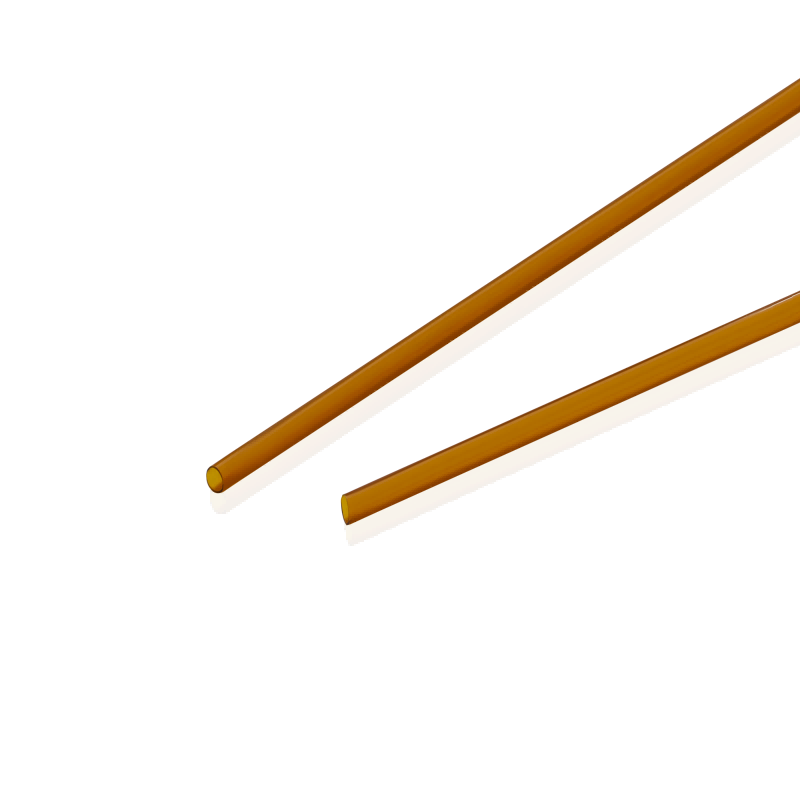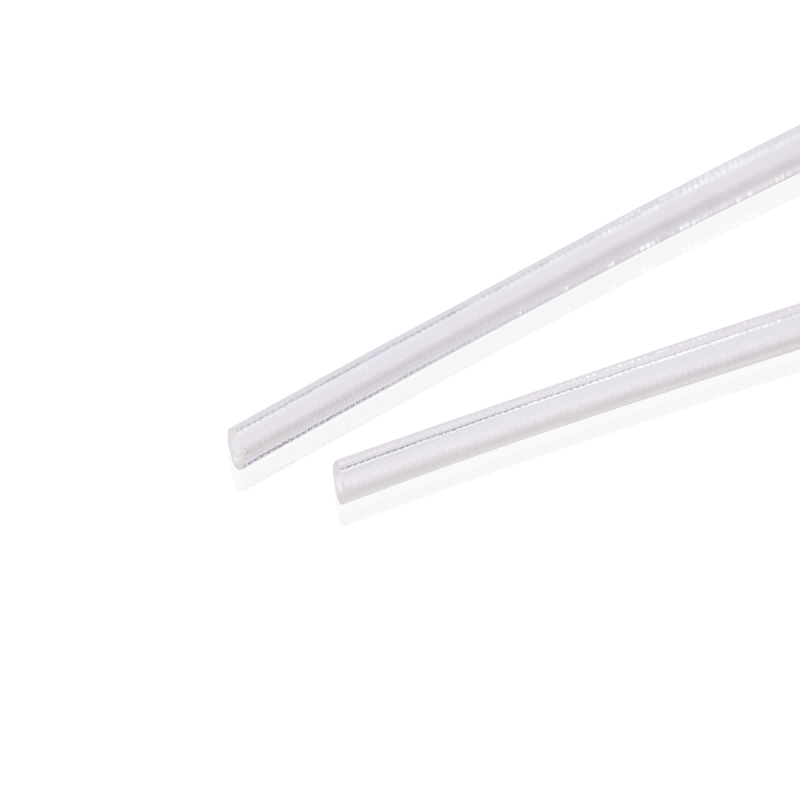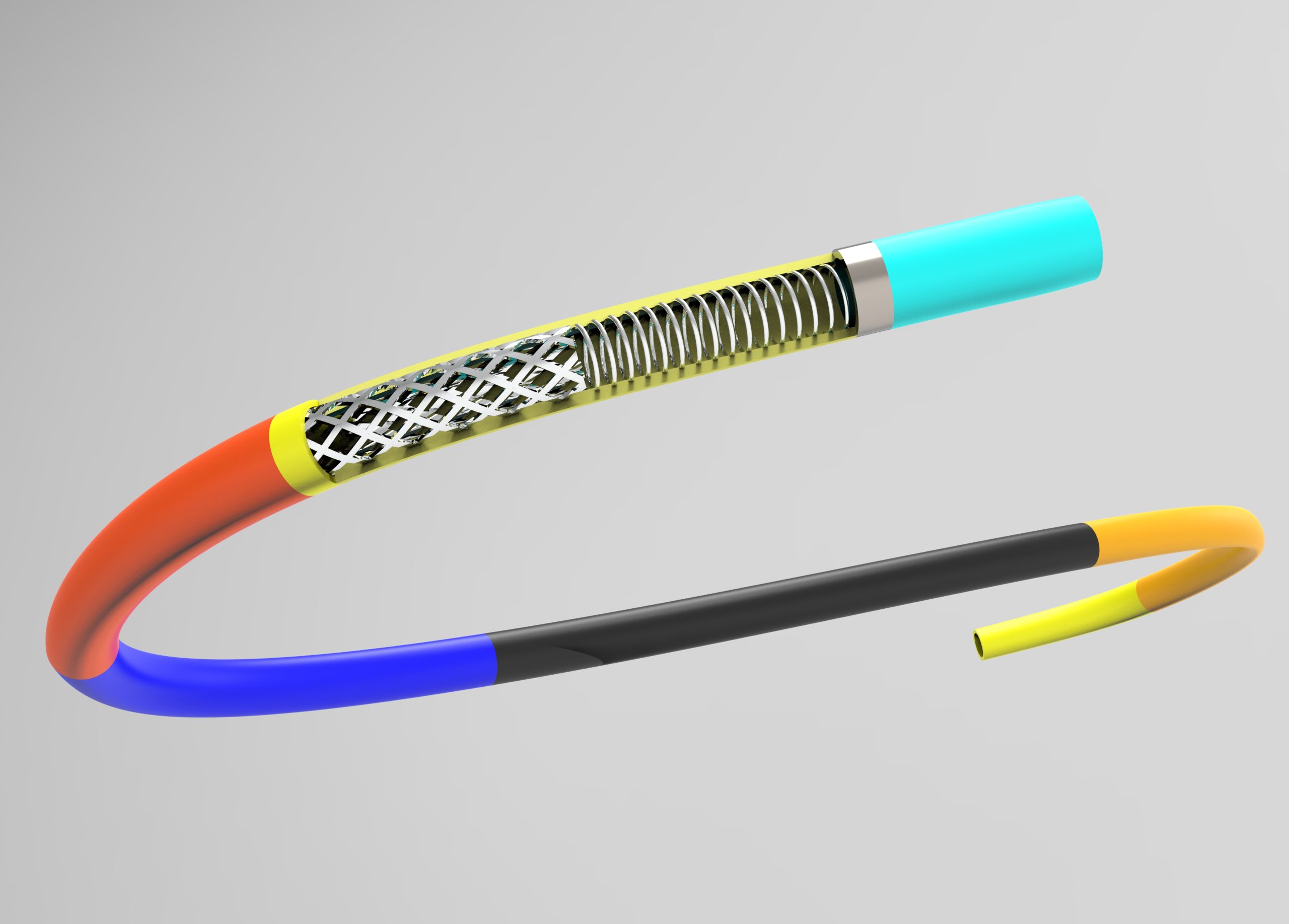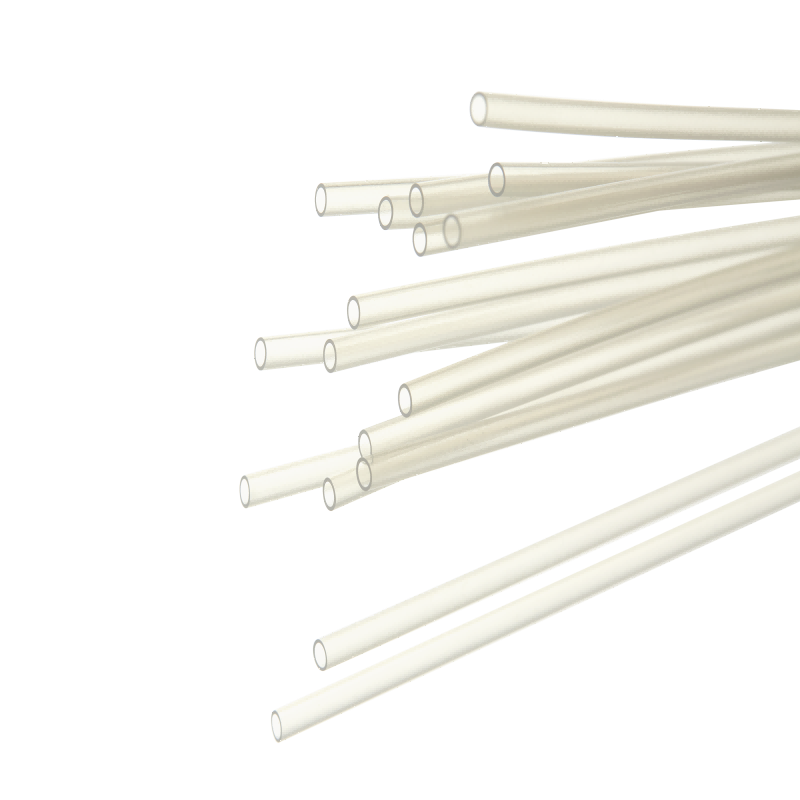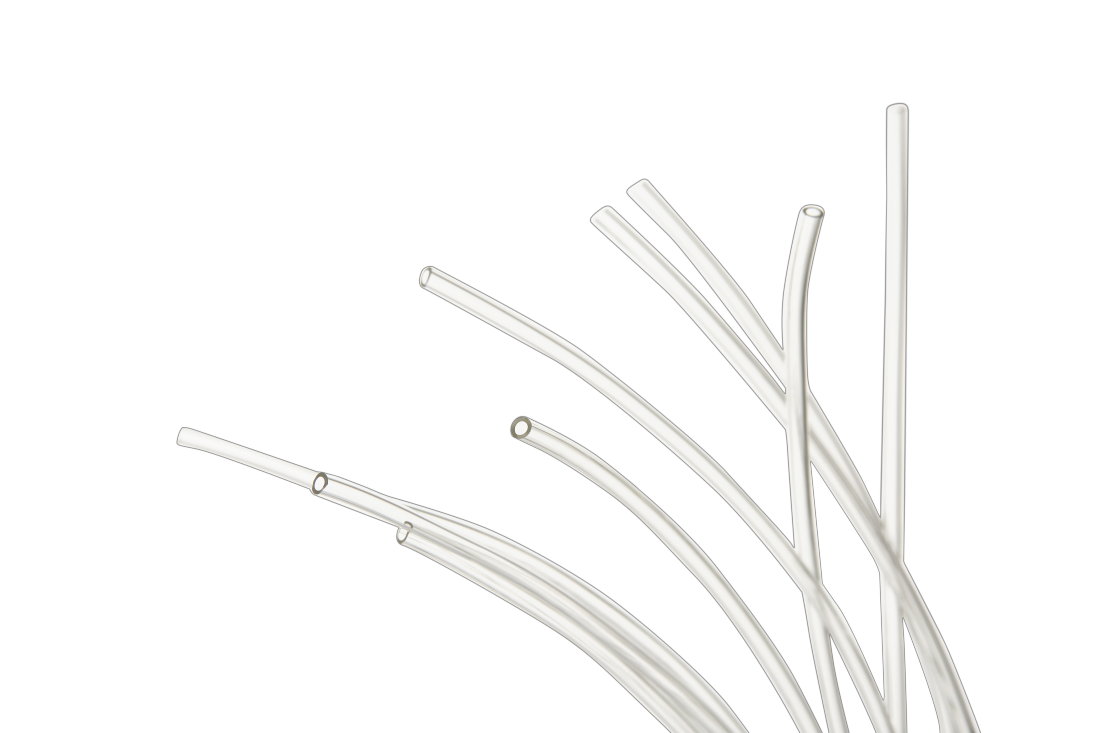PI Tube
The Demax PI Tube is constructed using polyimide (PI), a high-performance polymer known for its excellent mechanical properties and chemical resistance. This tubing is manufactured to meet the stringent standards of the medical industry, ensuring biocompatibility and safety for patient use. It is free from latex, phthalates, and other harmful substances, minimizing the risk of adverse reactions or complications.
| Inner Diamater(mm) | Tube Wall Thickness(mm) |
| 0.010”-0.125” | 0.0005”-0.005” |
- High Flexibility: The PI tube offers high flexibility, allowing for easy manipulation and positioning during medical procedures. It can be bent or twisted without kinking, ensuring smooth fluid flow and optimal performance.
- Excellent Durability: Engineered to withstand the rigors of medical procedures, the PI tube exhibits excellent durability and resistance to deformation. It maintains its structural integrity even under high-pressure conditions, ensuring reliable performance throughout the procedure.
- Chemical Resistance: The tubing is highly resistant to chemicals and solvents commonly used in medical settings, ensuring compatibility with various fluids and medications. This resistance minimizes the risk of degradation or contamination, preserving the purity of the transported fluids.
- Smooth Inner Surface: The tubing features a smooth inner surface, allowing for optimal fluid flow and reducing the risk of obstruction or blockage. This smooth surface minimizes friction and turbulence, ensuring efficient fluid delivery during medical procedures.
- Radiopacity: Radiopaque markers may be incorporated into the tubing, enhancing visibility under fluoroscopy and aiding in the accurate positioning of catheters and guidewires.
The Demax PI Tube finds applications in a wide range of medical procedures, including:
- Intravenous Therapy: Used for the delivery of fluids, medications, and blood products during intravenous (IV) therapy procedures.
- Enteral Feeding: Employed for the delivery of enteral nutrition solutions and medications during enteral feeding procedures.
- Endoscopy: Utilized as part of endoscopic systems for irrigation, suction, and insufflation during gastrointestinal procedures such as gastroscopy and colonoscopy.
- Respiratory Therapy: Used for the delivery of oxygen and other respiratory gases during respiratory therapy procedures, including mechanical ventilation and oxygen therapy.
- Urology Procedures: Employed for the delivery of irrigation fluids and contrast media during urological procedures such as cystoscopy and ureteroscopy.
Related products
PU Braided Tube
The Demax PU Braided Tube is constructed using polyurethane (PU), a high-performance polymer known for its excellent mechanical properties and chemical resistance. This tubing is reinforced with a braided layer, providing enhanced strength and resistance to kinking and collapse. It is manufactured to meet the stringent standards of the medical industry, ensuring biocompatibility and safety for patient use. The tubing is free from latex, phthalates, and other harmful substances, minimizing the risk of adverse reactions or complications.
Braid & Coil Reinforcement Tube
The Demax Braid & Coil Reinforcement Tube is an innovative medical device designed to provide enhanced strength and flexibility for a wide range of medical applications. Crafted with precision and utilizing advanced materials, this reinforced tubing offers exceptional performance and reliability, making it an indispensable tool for medical professionals in various clinical settings.
ETFE Tube
ETFE tubes manufactured by Demax are crafted from high-quality ethylene tetrafluoroethylene (ETFE) polymer.
This fluoropolymer material offers exceptional chemical resistance, mechanical strength, and biocompatibility, making it ideal for medical device applications.
ETFE tubes undergo precise extrusion processes to achieve consistent dimensions, smooth surfaces, and reliable performance in medical settings.
TPU Tube
Demax TPU tubes are meticulously crafted from Thermoplastic Polyurethane (TPU), a premium synthetic polymer renowned for its exceptional elasticity, durability, and resistance to abrasion, chemicals, and environmental factors. This composition ensures the tubes’ longevity and reliability, even in the most demanding conditions. Demax’s commitment to quality extends to every aspect of their manufacturing process, from sourcing the finest materials to employing advanced production techniques. The result is a TPU tube that meets stringent industry standards, providing customers with confidence and peace of mind in their critical applications. Whether in medical procedures, laboratory experiments, or industrial processes, Demax TPU tubes deliver unmatched performance and durability, making them the preferred choice for professionals across various sectors.
